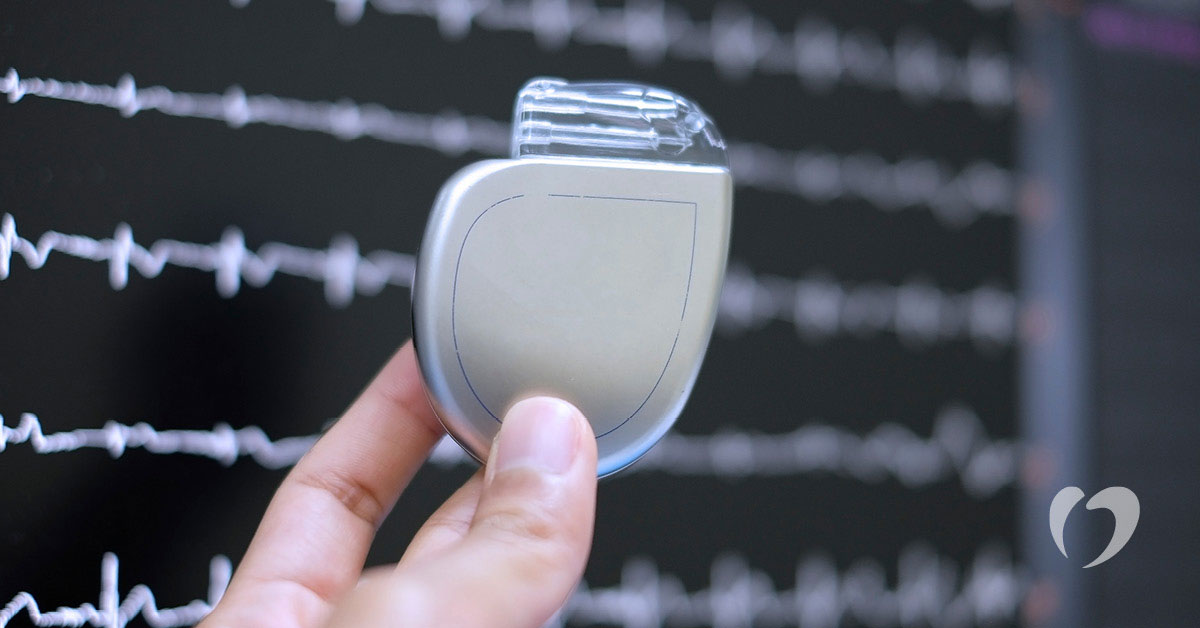Replacing a Pacemaker or Defibrillator

Having a pacemaker or implantable cardiac defibrillator (ICD) placed is a potentially life-saving surgery, and most patients go on to lead relatively normal lives following the procedure. But like any electronic device, they require regular monitoring and will eventually need to be replaced.
There are three general reasons for replacing a pacemaker or defibrillator. The first and most common is the need for a new battery. The other two reasons are if the device malfunctions or your doctor determines a newer device with updated features is more suitable for your medical needs.
How often are they replaced?
Because a pacemaker is an electronic device inside of the body, the unit must be fully sealed, which means there is no way to replace just the battery. Therefore, the timeframe for most replacements is determined by battery life, which is at least eight to 10 years on most units. While it is possible for other parts of implantable devices to fail, the predictable lifespan of the battery provides an opportunity to replace the device before those parts begin to break down.
Complete failure of a pacemaker or defibrillator due to malfunction is a rare event. A pacemaker has two main parts, a pulse generator and leads. The pulse generator contains the battery and circuitry that senses the need for pacing and sends out the electric pulse. This portion is what is typically replaced every eight to 10 years unless an issue other than the battery life occurs. Leads carry the pulse to your heart to help correct the abnormal heartbeat. While lead replacement is less commonly needed, it may sometimes be necessary due to infection, scar tissue, damage, or a manufacturer’s recall of the leads.
How do patients know they need to be replaced?
Patients with implantable devices are monitored regularly through routine device checks that includes a report on battery health. When a battery is nearing time for replacement, patients typically receive several months of notice before surgery needs to happen.
If a pacemaker fails for other reasons, it will stop regulating your heartbeat, and the symptoms treated by the pacemaker may return. Examples include dizziness or lightheadedness, palpitations, or shortness of breath. If these symptoms occur, contact your doctor to check the function of your device.
What should patients expect during a replacement procedure?
A pacemaker or defibrillator replacement can often be done as an outpatient procedure. Patients will be given local anesthesia and medication to make them drowsy but not fully asleep. The surgery generally takes about two hours.
During surgery, your doctor will inspect the original leads to assess their condition. Often, only the pulse generator needs to be replaced. An incision is made just above the pulse generator, the old one is removed, and the new one is attached to the leads and placed in the same location.
After surgery, you will be monitored for several hours during recovery and be given specific instructions on incision care and recovery restrictions.
For patients who need lead replacement along with device replacement, the surgery will take longer and may require an overnight stay in the hospital for monitoring due to the higher risk associated with lead replacement surgeries.
Have questions about pacemaker or ICD placement, monitoring, or replacement? Contact the OHH Heart Rhythm Institute to schedule an appointment with one of our specialists.
